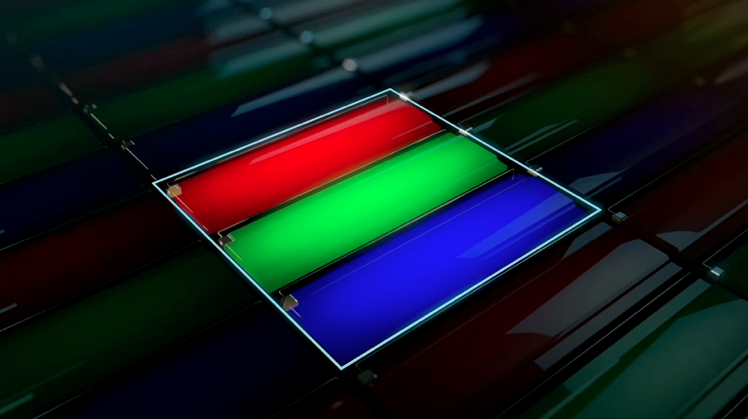The year 2020 is the tenth anniversary of iPad and there have been many articles, podcasts and videos that all offer their own take on the success and influence of the device. Naturally, I thought that I should throw one in as well, albeit a bit later than the others.
Essentially, most commentators fall into one of either two camps: (1) iPad is a roaring sales success that has ushered in the ‘post-PC era’—see my earlier post or podcast on this general topic; or (2) it has fallen short of its original potential, with a confusing multitasking interface and a less-than-stellar range of iPad-specific apps.
There is merit to both of these views and on the first one, John Gruber and Ben Thompson spoke at length during a recent episode of The Talk Show about their disappointment with the platform. I agree with much of what they had to say; things could be much more further along and there is a feeling that the device hasn’t lived up to its potential.
On Relay FM’s Upgrade, Jason Snell and Make Hurley have been critical of the device but bring a healthy dose of enthusiasm as much more regular iPad users. Check out episode #282 ‘iPad at 10’ for more. Nowadays I use my iPad regularly for blogging, research, sketching and podcasting, so I tend to relate to Snell and Hurley a bit more when it comes to the ease of navigating the iPadOS interface. As others have said, however, do we find something easy to use because it is in fact intuitive by design… or is it simply familiar because (as fans) we invest the time in learning the interface?
Most of all, I have been intrigued by the discussion of what makes an approachable and engaging UI. During the aforementioned episode of The Talk Show, I really related to Thompson’s point about the iPad being a magical piece of glass that transforms into a range of different tools. Most notably, he spoke about the demo of GarageBand for iOS at the iPad 2 launch back in 2011. It didn’t just show a small window with piano keys like on the Mac; it became a piano. Direct manipulation with a finger opens up uses and possibilities that just aren’t possible with a mouse.
Amongst all of this, I was reminded to two intriguing UI experiences from the early days of iPad: the first of which facilitated a novel method of navigating content; and the second of which transformed the display in a whimsical and nostalgic way.
The first is the original Twitter app for iPad. Back in the day, Twitter had a fun interface on the device, which included a series of horizontally-scrolling, hierarchical columns that linked threads and topics together. As you tapped on a tweet or link, it would expand to the right and you could easily swipe between levels or dismiss columns to navigate conversations. While totally unlike anything on the Mac in its design and layout, this app applied the Mac’s spirit of a truly intuitive, enjoyable user experience, but for touch instead. The order of conversations was not only indicated by the left-to-right layout, but also by the use of shadowing. Below is my own saved screenshot of the app from my third-generation iPad, back in 2012.

Twitter’s current iPad app is an utter disappointment… simply a blown-up version of its iPhone counterpart. These days, I use Twitterrific by The Iconfactory instead, however I retain the official app in a folder for the support of instant DM notifications, which was dropped in the APIs for third parties.
The second app is the initial version of the Podcasts app, which is perhaps the greatest example of Apple’s love for skeuomorphism under Steve Jobs (apart from ol’ leather-bound Calendar app in Mac OS X Lion). It showed a gigantic tape reel, which was inspired by the Braun TG 60 Tape Recorder by Dieter Rams. Below is my own saved screenshot of the app.

Although this interface did not add any practical functionality, it totally involved the user and felt delightful. It transformed this piece of glass into an approachable, nostalgic interface that related to the app’s focus on enjoying audio.
I’m no UI designer but I like to think that I have a reasonably good idea of what constitutes ease of use and good taste. Skeuomorphism is not necessarily the best approach these days, particularly as people have become more comfortable with touch interfaces, however the depth, tactility and whimsy that come with it are things that could continue to be reinjected into modern iPadOS.
Moving on to the topic of multitasking, I was really impressed with a recent effort by Twitter friend Ian Williamson (@tuckerjj), who used Keynote to develop a more approachable, logical way of using multiple apps in iPadOS, which doesn’t have floating windows.
My favourite thing about it is this: his concept does not break the recently established system that Apple developed; it simply refocuses the whole process around the Home indicator, which has seen great praise and adoption as a visual affordance on iPhones X and later. This has enormous potential benefits, as it would be easy to adapt current iPadOS apps that use multitasking, become more approachable to more casual users and would be an easy relearning curve for current ‘power users’. Check out his concept video below… Apple should definitely be paying attention ideas like this.
I have and always will be a fan of the Mac, however I love the way that iPad has enabled me to compute more comfortably—away from a desk. It really absorbs you in a way that no other computer can, with and without a keyboard.
With iPadOS now the official name of a differentiated software product, I’m extremely optimistic about the platform’s future and believe that Apple can correct the product’s course. The magic of this piece of portable glass can be restored.
Feature image source: Apple (2012)
